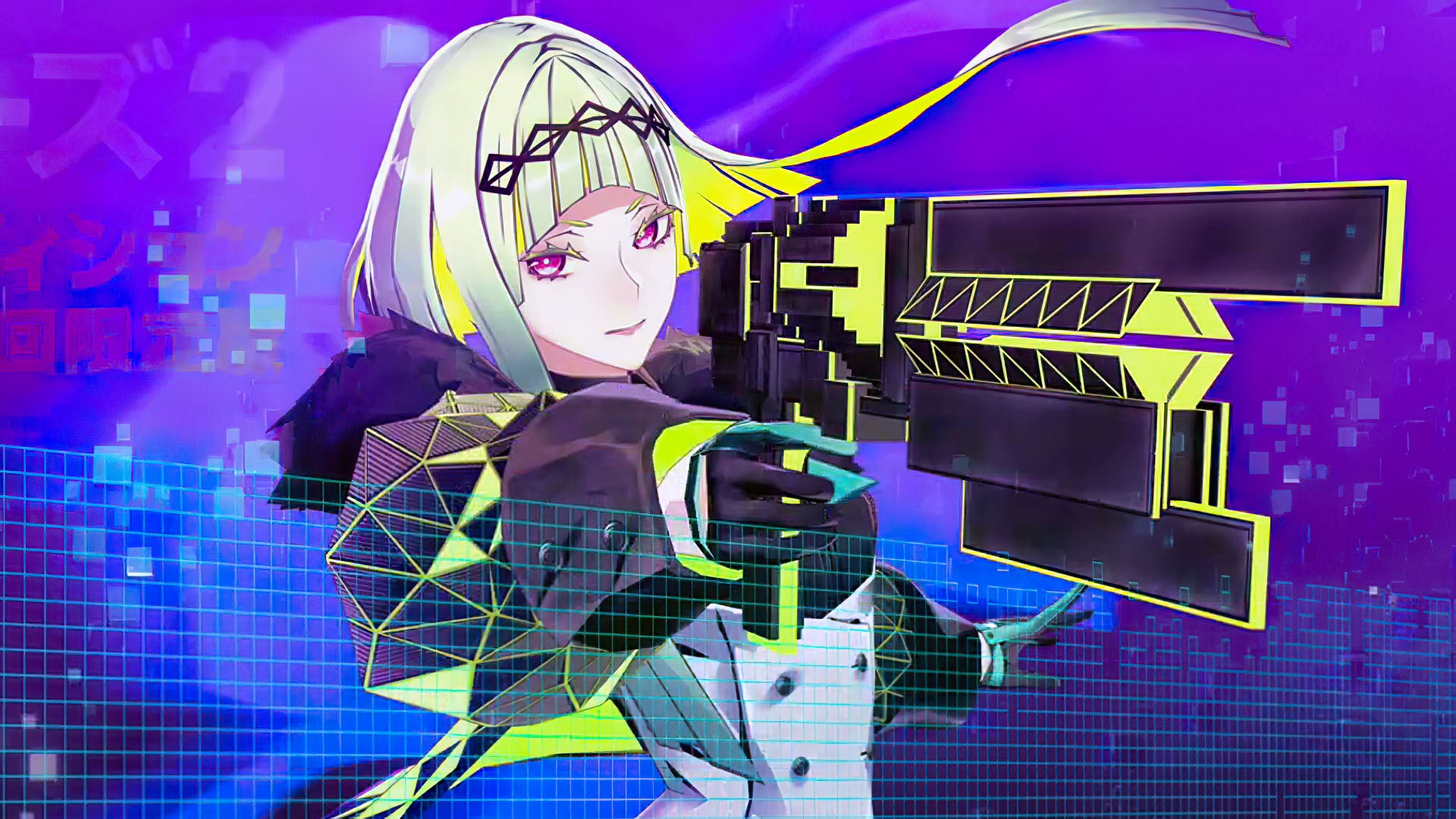What’s the longest you’ve ever waited for a video game sequel? Devil Summoner: Soul Hackers was released all the way back in 1997 on the Sega Saturn, a first-person dungeon crawler JRPG made by developer Atlus. Four console generations later we finally have a sequel – Soul Hackers 2 – though it’s really a standalone game with mostly thematic connections to the original. 25 years is a long time in computer graphics, and Soul Hackers 2 has a wide variety of tech it could potentially use – but early footage didn’t exactly impress. There’s little here to suggest that the current wave of consoles are being taxed by this Persona-lite release – and the knock-on effect of that seems to be that the last-gen machines get some shocking ports, especially the vanilla Xbox One.
Soul Hackers 2 borrows its gameplay elements from other recent Atlus titles, so at a basic level, it’s a turn-based RPG oriented around exploiting weaknesses, which is an enjoyable enough system but nothing out-of-the ordinary for RPG veterans. There are some twists, like an overkill-style mechanic that rewards strategic play, and plenty of customization. But this isn’t especially novel. Elsewhere, however, this game really shines. Soul Hackers 2 is a party-oriented title that weaves multiple characters through a winding, serialised story. Interpersonal conflicts and interactions take center stage here, and a social system gamifies out-of-combat interactions, giving simple conversations actual consequences. It’s more like a TV show than a movie, with a ‘villain of the week’-style narrative that features multiple short story arcs that build over time.
This formula is fairly novel by industry standards but if you’ve played other recent Atlus RPGs – particularly Persona 5 or Tokyo Mirage Sessions – you’ll know what to expect. That fortunately extends to the rest of the package as well, with a keen sense of visual style. But you can’t make a video game out of artistic flourishes alone – so how does the 3D rendering hold up?
Let’s start with the good stuff. On the plus side, the 3D character models are reasonably high in graphical fidelity. They feature suitably high polygon counts, have good texture work, and are smoothly cel-shaded. The character rendering itself isn’t state-of-the-art, but it doesn’t need to be and works perfectly well here given the visual style.
